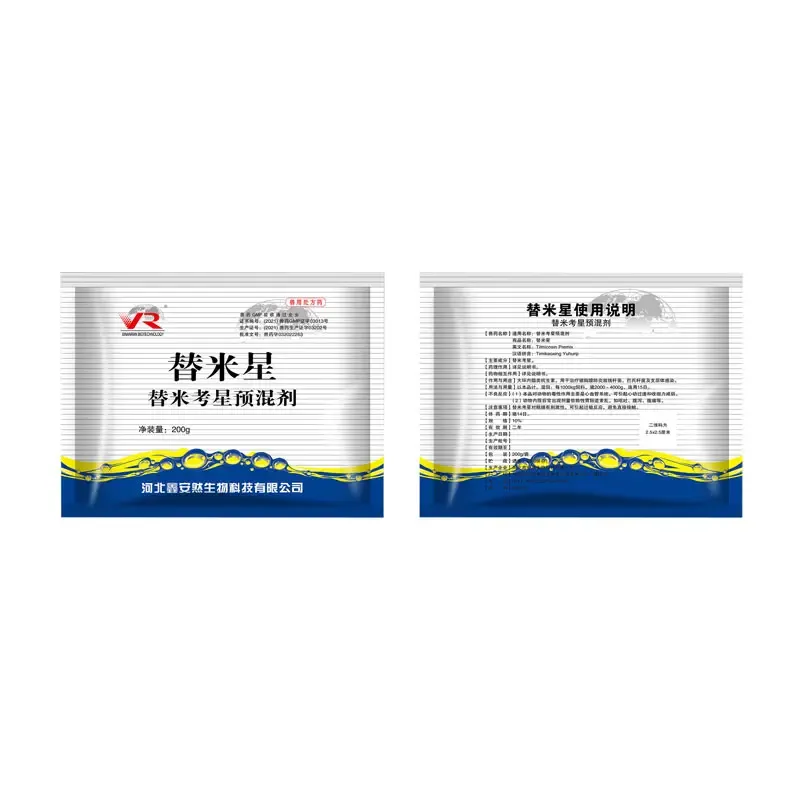- Afrikaans
- Albanian
- Amharic
- Arabic
- Armenian
- Azerbaijani
- Basque
- Belarusian
- Bengali
- Bosnian
- Bulgarian
- Catalan
- Cebuano
- Corsican
- Croatian
- Czech
- Danish
- Dutch
- English
- Esperanto
- Estonian
- Finnish
- French
- Frisian
- Galician
- Georgian
- German
- Greek
- Gujarati
- Haitian Creole
- hausa
- hawaiian
- Hebrew
- Hindi
- Miao
- Hungarian
- Icelandic
- igbo
- Indonesian
- irish
- Italian
- Japanese
- Javanese
- Kannada
- kazakh
- Khmer
- Rwandese
- Korean
- Kurdish
- Kyrgyz
- Lao
- Latin
- Latvian
- Lithuanian
- Luxembourgish
- Macedonian
- Malgashi
- Malay
- Malayalam
- Maltese
- Maori
- Marathi
- Mongolian
- Myanmar
- Nepali
- Norwegian
- Norwegian
- Occitan
- Pashto
- Persian
- Polish
- Portuguese
- Punjabi
- Romanian
- Russian
- Samoan
- Scottish Gaelic
- Serbian
- Sesotho
- Shona
- Sindhi
- Sinhala
- Slovak
- Slovenian
- Somali
- Spanish
- Sundanese
- Swahili
- Swedish
- Tagalog
- Tajik
- Tamil
- Tatar
- Telugu
- Thai
- Turkish
- Turkmen
- Ukrainian
- Urdu
- Uighur
- Uzbek
- Vietnamese
- Welsh
- Bantu
- Yiddish
- Yoruba
- Zulu
10 月 . 02, 2024 09:00 Back to list
colistin sulphate antibiotic
Colistin Sulphate An Overview of Its Role in Antibiotic Therapy
Colistin sulphate, a polymyxin antibiotic, has garnered significant attention in the field of medicine due to its efficacy against multi-drug resistant Gram-negative bacteria. Originally introduced in the 1950s, colistin was widely used for its antibacterial properties but faced a decline in favor due to concerns over nephrotoxicity and neurotoxicity. However, with the emergence of antibiotic-resistant strains, colistin has seen a resurgence as a last-resort treatment option for severe infections.
Colistin Sulphate An Overview of Its Role in Antibiotic Therapy
Despite its effectiveness, the use of colistin is not without challenges. The primary concern is its potential for toxicity. Nephrotoxicity is the most significant adverse effect, often limiting dosages in treating patients with renal impairment. Additionally, neurotoxic effects such as dizziness, numbness, and even respiratory failure can occur, though they are less common. Due to these risks, careful monitoring of renal function is essential during colistin therapy.
colistin sulphate antibiotic

Moreover, the emergence of colistin resistance is a growing concern in clinical settings. Bacteria can develop mechanisms to evade the action of colistin, often through mutations in genes responsible for membrane integrity. The presence of mcr-1, a plasmid-borne colistin resistance gene, has been particularly alarming as it can spread between different bacterial species. This resistance not only complicates treatment options but also emphasizes the need for judicious use of colistin to preserve its efficacy.
In veterinary medicine, colistin is also used as a growth promoter in livestock, raising concerns about its contribution to the development of resistance in humans. The transfer of resistant bacteria from animals to humans through the food chain underscores the need for stringent regulations on antibiotic use in agriculture.
In conclusion, while colistin sulphate remains a vital tool in combating resistant bacterial infections, its use must be carefully managed to mitigate the risks of toxicity and resistance development. Ongoing research is critical to understand the mechanisms of resistance and to develop alternative treatment strategies. The medical community faces the urgent challenge of balancing the need for effective treatment with the imperative to preserve our existing antibiotics for future generations.
-
The Power of Radix Isatidis Extract for Your Health and Wellness
NewsOct.29,2024
-
Neomycin Sulfate Soluble Powder: A Versatile Solution for Pet Health
NewsOct.29,2024
-
Lincomycin Hydrochloride Soluble Powder – The Essential Solution
NewsOct.29,2024
-
Garamycin Gentamicin Sulfate for Effective Infection Control
NewsOct.29,2024
-
Doxycycline Hyclate Soluble Powder: Your Antibiotic Needs
NewsOct.29,2024
-
Tilmicosin Premix: The Ultimate Solution for Poultry Health
NewsOct.29,2024













